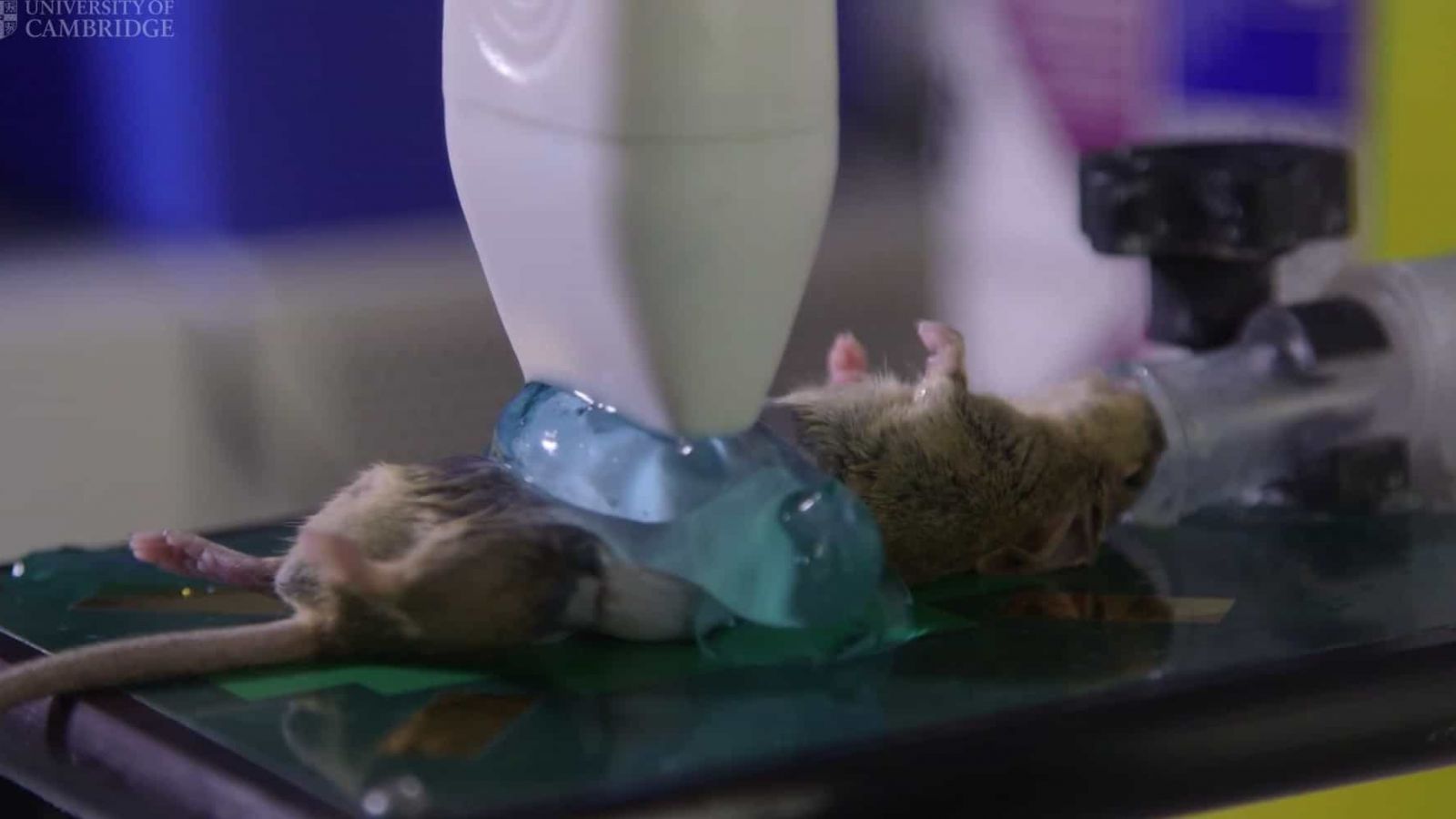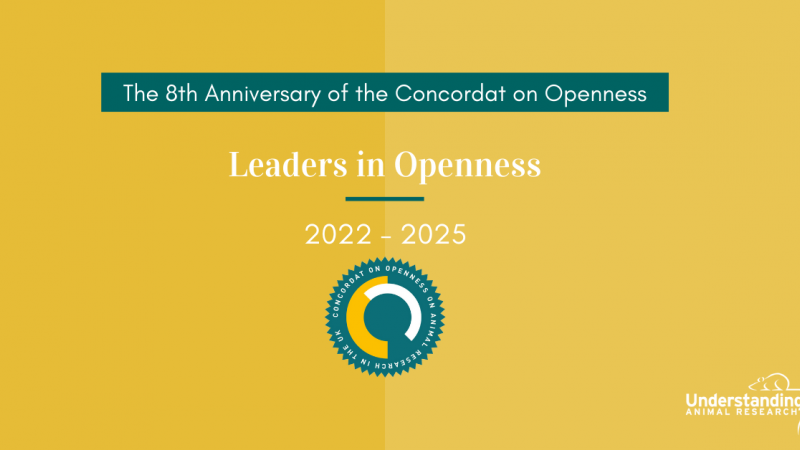
Text to go here...
To coincide with World Day for Animals In Laboratories, the University of Cambridge and Imperial College London have both released different films that show the world inside their animal facilities. The Cambridge film reveals the essential role that mice have to play in the University’s cancer research programme, while Imperial focusses on the work of their animal care and welfare technicians.
Entitled Fighting cancer: Animal research at Cambridge, the Cambridge film shows how the mice are housed and looked after, and explores many of the issues surrounding animal welfare and the search for replacements.
In a statement the University said:
“We place good welfare at the centre of all our animal research and aim to meet the highest standards: good animal welfare and good science go hand-in-hand. As part of our commitment to openness, in our new film, we look inside one of our facilities, where mice are helping our scientists understand how cancers develop and how they can best be treated.”
The film also shows footage of mice during procedures. One of these shows mice carrying tumour grafts from cancer patients. This type of research enables scientists to study patient-specific cancers to see how they grow, spread, and respond to drug therapies.
Researchers also use ultrasound scanning, of the same kind used to provide in utero imaging for pregnant women, to map how tumours grow in mice. The film shows a mouse undergoing this procedure under a general anaesthetic. During the scan the mouse is kept warm and given oxygen, just as a human patient would with anaesthesia.
The Imperial College film - Animal Research at Imperial College - was released to coincide with the publication of their first Animal Research Annual Report in March 2015. During the launch around 200 people stepped into a replica animal house, and got the opportunity to put their questions to the vets and technicians that work with the animals.
The report itself gives an overview of how the College conducts its research, and the changes they have made in recent years to reform their ethical and welfare review processes.
Professor James Stirling, Provost of Imperial College London, said:
“It’s pleasing to have so much to say about how we carry out research at Imperial and how we are building on our strengths in animal welfare and the 3Rs to become a world-leader in this area.In particular, I am proud to see technicians, vets, scientists and communications staff working together as a community to help us meet our commitment to being more open about animal research."
Both films were produced as part of the Universities' commitment to openness under the Concordat. An Ipsos MORI public dialogue, conducted to underpin the development of the Concordat, clearly demonstrated that the public are keen to find out what animal experiments look like. No matter how simple written descriptions of experiments are, an image is the most powerful tool for public engagement about animal research.
More information can be found on the University of Cambridge website, and the Imperial College London website.
Last edited: 29 July 2022 11:06



